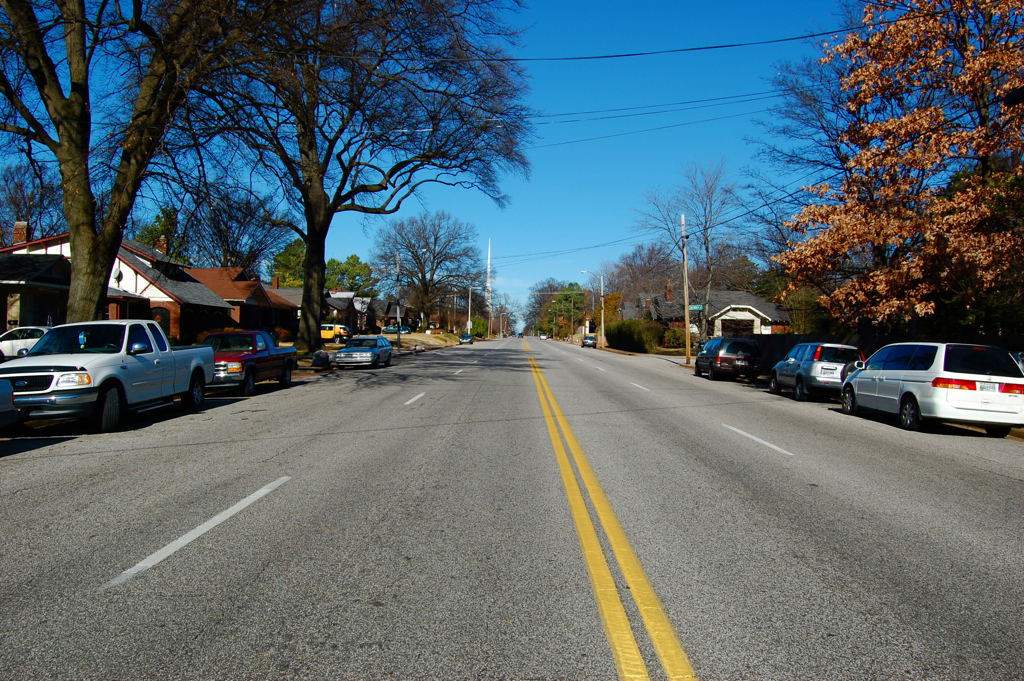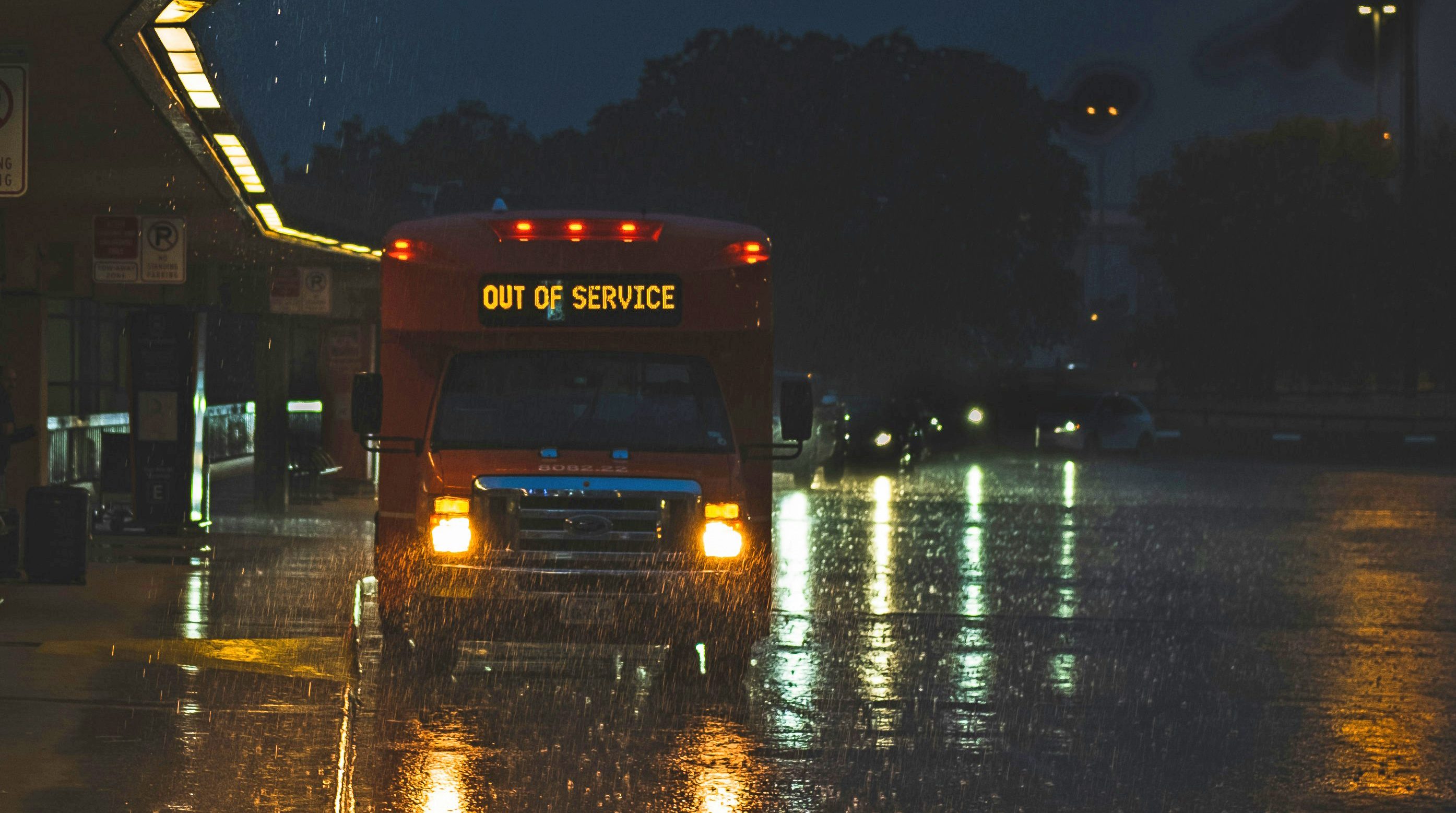How fast is the economic stimulus law's $48 billion in transportation aid being spent -- and is it being spent on the right projects? The relative importance of those two questions made for lively debate in the House transportation committee yesterday.
Though $29.4 billion of the transportation stimulus pot has been promised to specific projects, U.S. DOT chief Ray LaHood said, states have spent just $3.4 billion of that total. As Streetsblog Capitol Hill has reported, transit aid is being utilized faster than highway aid; but no matter how you slice it, the $3.4 billion overall spend-out rate falls short of initial estimates and has prompted criticism from the GOP.
Rep. John Mica (FL), the transportation panel's senior Republican, urged the Obama administration to focus less on the speed at which project work can begin and more on directing money to states where unemployment is highest.
"Repaving projects, while often necessary, are short-term projects
that will not sustain many jobs over long periods of time," Mica said in a statement. "Meanwhile, the latest unemployment figures due
out tomorrow are expected to show a national level of 9.8 percent, far above
the eight percent that the Administration projected if this stimulus bill was
passed."
But transportation committee chairman Jim Oberstar (D-MN) aimed to distinguish between questions of speed and those of merit. Citing skeptical media coverage of how much stimulus aid has gone areas with roads most in need of repair, Oberstar noted that Congress did not choose projects to receive money -- state DOTs did.
"Some people just can't be happy with success," Oberstar told LaHood (see video above). "All this stuff we're reading about is either misrepresentation, deliberately, or a lack of knowledge -- there's another word for that, which we need not use -- or a deliberate attempt to discredit the recovery program."
Oberstar, for his part, is paying attention to the speed issue by sending out regular letters to the governors of states that are the slowest to spend transportation stimulus dollars. The latest data shows Wyoming, Iowa, Oklahoma, Maine, and New Hampshire using aid the fastest, while Virginia, Nevada, Massachusetts, Delaware, and Washington D.C. ranked the lowest.
But on the state level, speediness in transportation stimulus spending is proving to have an unfortunate downside. Congress' inability to agree on a long-term federal infrastructure policy is yanking contract authority out from under state DOT, and officals in Oklahoma -- one of the top five quickest spenders -- told local reporters that they have no stimulus money left to patch the holes left by this week's $8.7 billion rescission.
Streetsblog Capitol Hill will post the latest comparison of transit stimulus versus highway stimulus as soon as it's available. (ed. note. The comparison is complete -- and transit is still looking more "shovel-ready" than highways.)





